Raynic Emergency Radio 5000 Review
As an Amazon Associate, we earn from qualifying purchases at no cost to you.
It seems we’re experiencing “once-in-a-lifetime” storms every other month, so last year I ordered the Raynic Emergency Radio 5000 from Amazon to have on hand when the power is out, which thankfully hasn’t happened to me yet. However, I’ve had several instances of our Internet service being disrupted, so this emergency radio has come in handy for times when I can’t stream TV or radio and have to go back to “old school” FM radio.
Design
It seems that a lot of devices with a “soft plastic” exterior become extremely sticky after a year or two. Thankfully, that hasn’t been an issue with this radio, as the exterior is made of a hard plastic that doesn’t seem to attract dust or dirt. The buttons are easy to press, but make a loud click when pressed. The flashlight is bright and the reading light is a nice touch, but it flickers a little on the dim setting, which is a bit annoying.
I picked this radio over some other similar models because of the digital tuner, which makes it easy to find the specific station you’re looking for. The display is also backlit, making it good for low light situations much like you would find during a power outage. It also makes it easy to tune to your local Nation Weather Station. If you’re not sure what the frequency is for your local weather radio station, you can refer to the radio list from the National Weather Service.
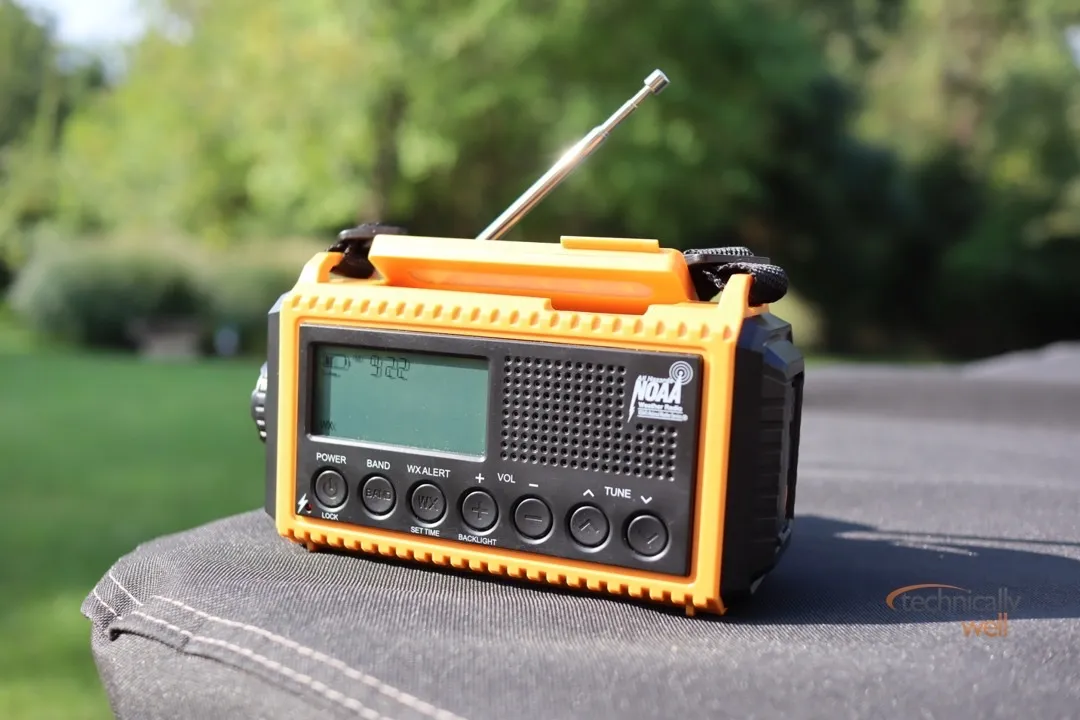
Performance
Flashlight and reading light
The front flashlight is plenty bright for lighting up a small area, such as navigating around the house or seeing what is underneath the basement stairs. It won’t light up the whole back yard, but can help you find your way outside at night.
The reading light is located under the solar panel and flips up so you can get some indirect light for reading. It is bright enough for its purpose, but I found that the “dim” setting causes a notable flicker that is definitely distracting for reading.
Speaker
The speaker sounds fine for listening to the radio. Music may not sound the best due to the lack of bass, but it’s better than nothing. The speaker gets loud enough so the whole family can listen, but does get distorted at high volumes. And you don’t have to wait for an emergency to use the radio: it can be handy for listening in the back yard or in the house while doing chores. The speaker also doubles as a siren, which is loud, annoying, and sure to grab the attention of those nearby.
The emergency alerting system uses the same loud siren. It’s not the best system as it will alert you for every warning: a severe thunderstorm warning would produce the same siren sound as a tornado warning. The alerts are also not county-specific, so you may be alerted to a warning in a nearby county. If you want the ability to “filter” the alerts, you’ll want a radio with the Specific Area Message Encoding (S.A.M.E.) feature, like the Midland WR120B Weather Radio (although it forgoes the flashlight, AM/FM radio, and siren).
Recharging and Powering the Raynic Emergency Radio
The Raynic Emergency Radio can also recharge your phone and other devices thanks to a USB charging port. However, this is powered by the same 5000mAh battery that powers the unit itself. It can likely almost fully charge your phone, but then there would be no power left for the flashlight, radio and siren. Be sure to check our tips for preserving your phone’s battery during a storm.
You can recharge the Raynic radio by hand crank, solar, and micro USB. The radio can also be powered by 3 AAA batteries. I like that Raynic is upfront about the charging times in the manual. The hand crank isn’t very efficient and would require about 17 hours of constant cranking to fully recharge the unit. However, it can come in handy in a pinch because you could crank it for 15-30 minutes if you only need to use the flashlight briefly.
The solar charging is even less efficient and would likely require over a week of sunny weather to fully recharge. However, it can be useful for “topping off” the battery throughout the day.
For a complete list of charging (and recharging) times, please refer to the FAQs section below.
Water Resistance
The Raynic 5000 Emergency Radio is rated IPX3 so it cannot be submerged in water. However, it will withstand splashes of water or light rain (but I wouldn’t leave it out in the rain on purpose). You’ll want to make sure that the cover for the charging ports is covered before getting the unit near water.
FAQs for the Raynic Emergency Radio
How long does it take to recharge the Raynic Emergency Radio?
| Charging Method | 30% capacity | 50% capacity | 80% capacity | 100% capacity |
|---|---|---|---|---|
| Hand Crank Power | 5 hours | 8.5 hours | 14 hours | 17 hours |
| Solar Power | 36 hours | 60 hours | 96 hours | 120 hours |
| Wall Charger | 1.8 hours | 3 hours | 5 hours | 6 hours |
Source: Raynic Emergency Radio 5000 (digital display) manual. Specifications can change in future models and revisions, so be sure to refer to the manual included with your product.
How long does the Raynic Emergency Radio last?
When using the built-in li-on battery, the Raynic Emergency Radio can provide over a day of radio listening and up to 12 hours of flashlight use.
| Mode | Powered off | Standby | WX Alert | FM | AM | SW | WB | Lamp | Flashlight |
|---|---|---|---|---|---|---|---|---|---|
| Hours | 6,500* | 100 | 65 | 30 | 30 | 30 | 30 | 40 | 12 |
* Why doesn’t it last indefinitely when powered off? I’m assuming the battery is used to maintain the time on the radio’s internal clock.
Source: Raynic Emergency Radio 5000 (digital display) manual.
How can I power the Raynic Emergency Radio during a power outage?
It can be recharged by hand crank, solar, and via micro USB either by a USB wall charger or power bank. Please note that the hand crank and solar charging can take a very long time to recharge the unit. It can also be powered by 3 AAA batteries.
Can the Raynic Emergency Radio charge my phone?
Yes, it can recharge your phone, but you’ll need to use your own charging cord to plug into the USB-A port on the radio. Please note that charging your phone takes away from the available power to the unit itself.
How do I maintain the Raynic 5000mAh Emergency Radio?
Regularly check the battery level and ensure the radio is charged, especially before any expected severe weather. Keep the charging port cover closed to protect against water damage.
Our Verdict
The Raynic 5000mAh Emergency Radio does a lot of things well, such as providing a flashlight, AM, FM, Shortwave, and NOAA weather radio, and a 5000mAh power bank. However, solar charging is very slow, and would require over a week of perfectly sunny skies to fully recharge the unit, so don't depend on solar for power.
PROs
- Bright flashlight and secondary reading light
- Weather warning alert feature
- Loud speaker (but not much bass)
CONs
- Solar charging and hand cranking are very slow
- Reading light flickers on dim setting
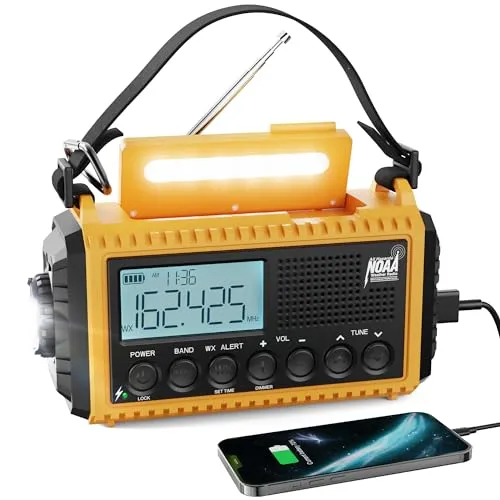
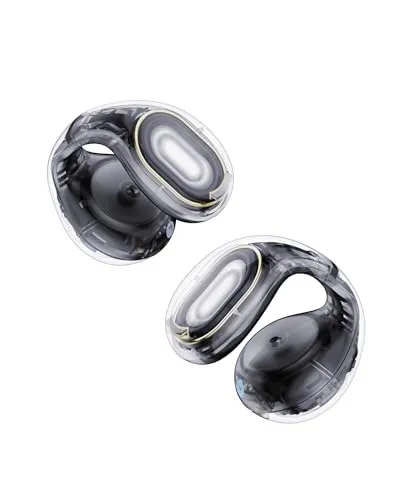

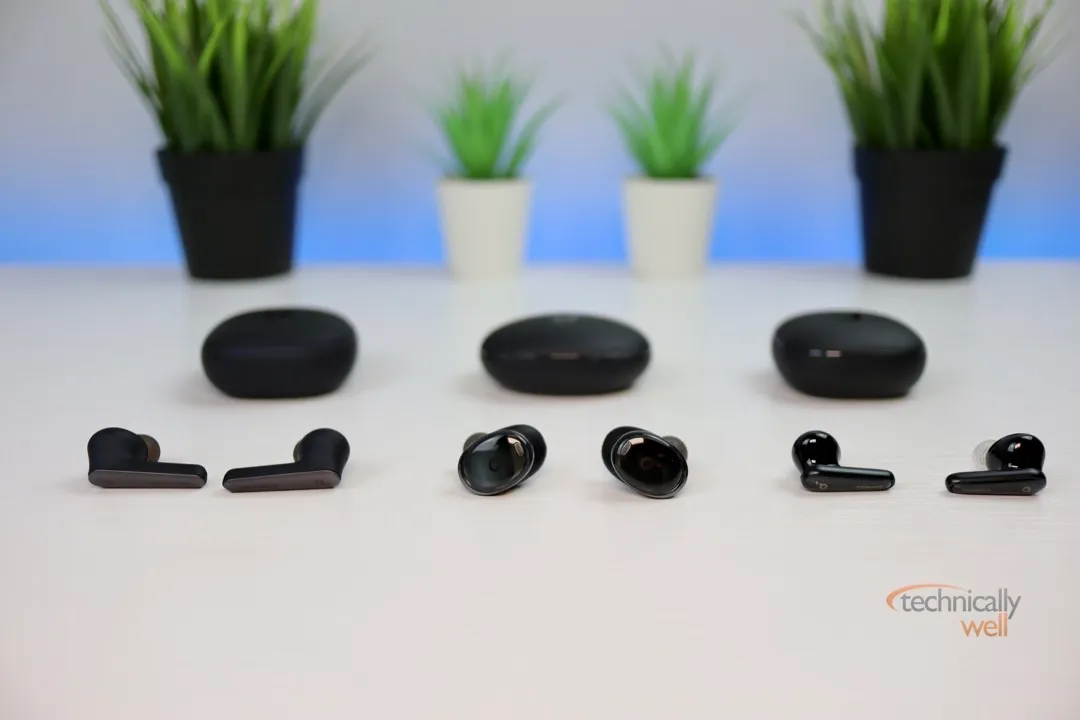
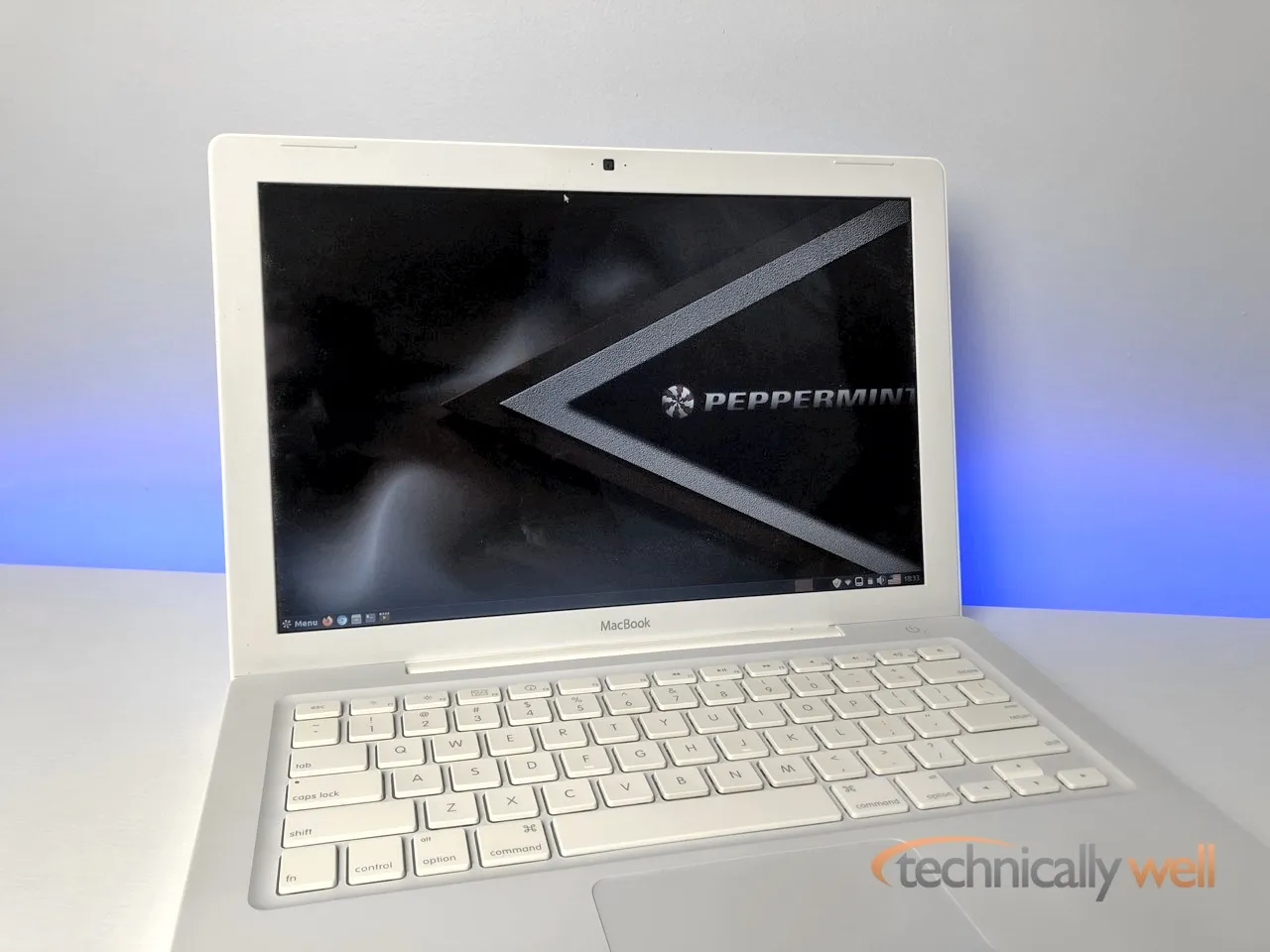
 Hi, I'm Ryan! I've worked in the IT industry for over two decades and I love checking
out new gadgets, apps, and services that make our lives easier.
Hi, I'm Ryan! I've worked in the IT industry for over two decades and I love checking
out new gadgets, apps, and services that make our lives easier.